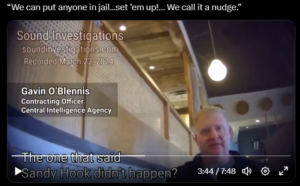
Claim: The Benghazi incident represents a once-in-a-generation tragedy in which a consulate was overrun and help, which was in large supply, was intentionally withheld (including a stand down order). This refusal of help goes all the way up the chain of command.
Fact: The Benghazi incident is a tragedy but is one of the countless attacks on US diplomatic structures. What little help was available (which was slightly delayed for the sake of ensuring they weren’t walking into an ambush) was sent within 30 minutes of the attack. Eight separate investigations have been conducted, most of them merely confirming what the previous investigations concluded: that a lack of preparation is largely to blame, but there was no foul play nor refusal to send help. Existing allegations range from demonstrably false internet rumors (that air support was available) to the usual logical fallacies (like the hindsight bias of assuming that the State Department should have known the Benghazi attack was imminent, even though there were threats of attacks on multiple locations). The Benghazi saga appears to be at heart, a political movement.










